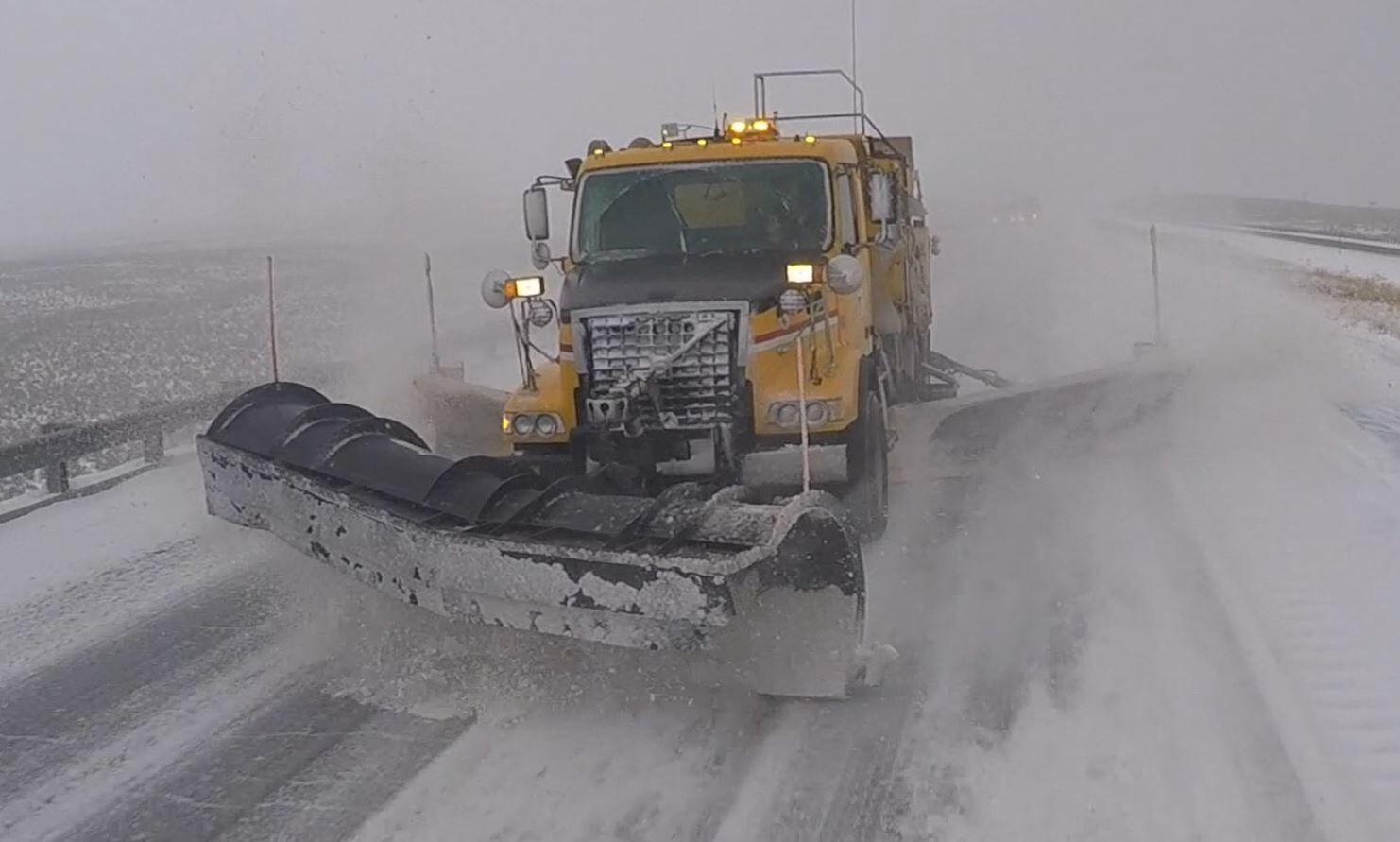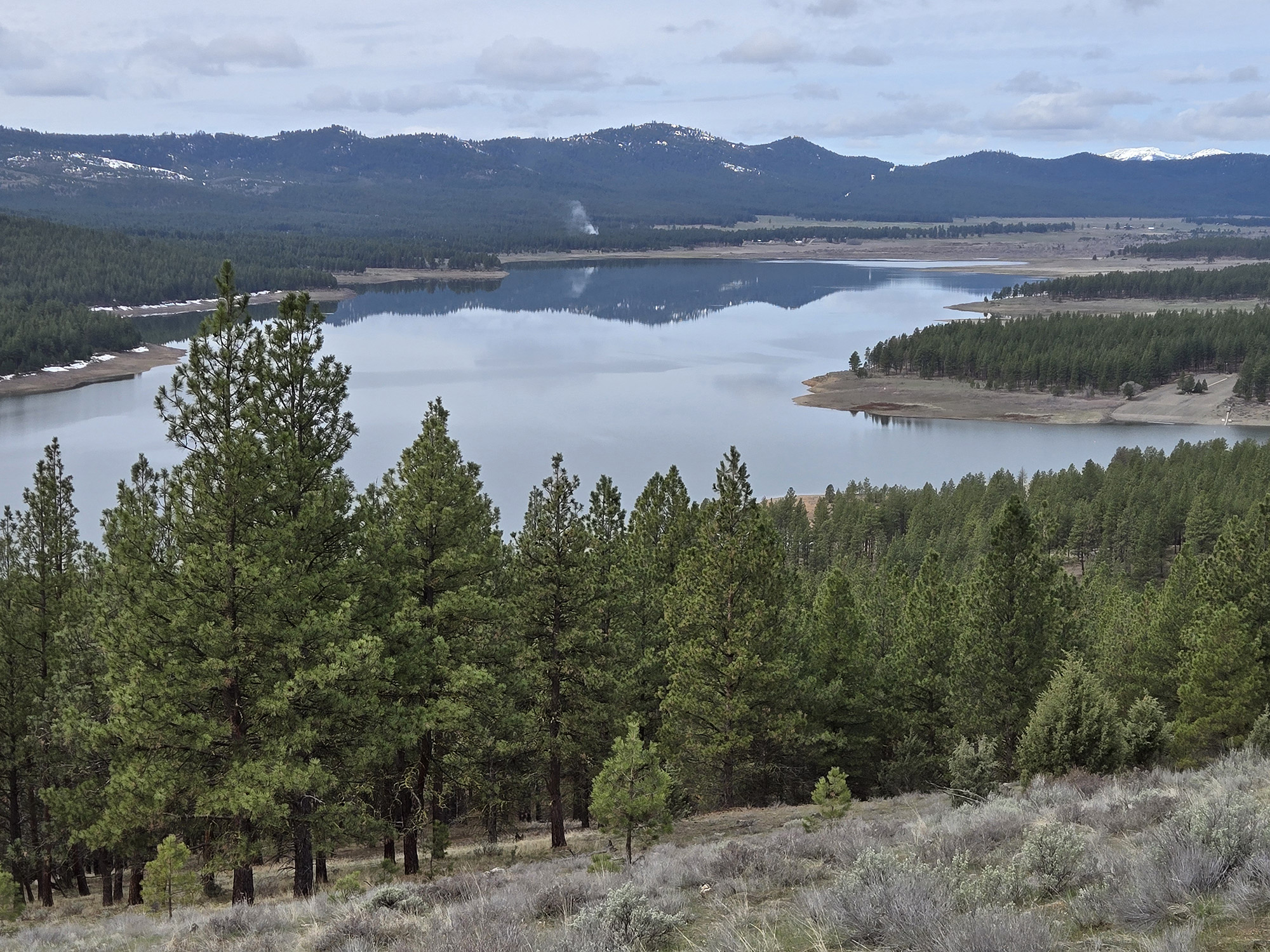ODFW always seems to answer (or return) my call
Published 12:55 pm Friday, April 20, 2018
Brian Ratliff must have been tired of hearing my voice on his cellphone.
Trending
I was certainly tired of using it.
And all I had to do was ask questions.
Brian was answering them, which in almost every case is more difficult — not to say annoying — than the other way around.
Trending
Yet he responded to my every query politely, and with the succinctness and competence I’ve come to expect from him and from his colleagues, past and present, at the Oregon Department of Fish and Wildlife (ODFW).
One of my recent interviews with Brian happened in the early evening, about the time most people are eating dinner, watching TV and, most importantly, letting the accumulated annoyances of their day’s work wash away as dirt disappears down a bathtub drain.
But Brian was 65 miles from Baker.
And he hadn’t even made it back to his rig to start the drive home.
He was actually returning my call from a few minutes earlier.
He told me he was hiking but I probably could have guessed that anyway. I could hear the little rush of breath when he must have taken a particularly long stride, or maybe he was shoving through a patch of brush in the hills east of Halfway where he had spent much of the previous week, chasing wolves and courting controversy.
My point is that he could have easily — and justifiably — put off calling me back until the following morning.
Brian is the district wildlife biologist for ODFW’s Baker City office.
I haven’t seen his job description but I’m pretty sure it makes no mention of phoning reporters at 6 o’clock on a Thursday evening when you’re walking across rough ground.
All of which is to say that Brian’s call was far more convenient for me than it was for him.
Yet I wasn’t surprised that he responded so quickly to my message.
I’ve had a similarly pleasant experience over the past quarter century with several other wildlife biologists who, like Brian, worked from the office near the corner of Hughes Lane and 10th street.
In fact it all started right there, on a zero-degree morning in mid-December 1992, with Jerry Grover.
I don’t remember whether the story was my idea or whether I was assigned to it, but anyway I ended up spending that frigid day riding beside Grover in the cab of an ODFW pickup truck as he counted deer.
We saw a lot of deer.
Or, rather, Jerry saw a lot of deer and I just looked wherever he was pointing and acted as though I had seen the herd about the same time he did and tried to keep the ink in my pen from turning into sludge.
(I had not yet learned the value of pencils in a climate where thermometers ought to include the Kelvin scale.)
We got stuck in the snow, driving up some cattle trail over around Rye Valley. I remember wrapping the winch cable around the base of the stoutest sagebrush clumps we could find and discovering that just as plain ink is unsuitable for polar temperatures, so is sagebrush a poor winching anchor.
Eventually Jerry fetched a rancher who yanked us out with a tractor.
Not long after that day I met the two other biologists at the Baker City office, Dick Humphreys and Todd Callaway.
All three later retired and I became acquainted, over the ensuing years, not only with Brian but also with George Keister, Nick Myatt, Ryan Torland, Justin Primus and Phillip Perrine.
I also came to know two managers of ODFW’s Elkhorn Wildlife Area, Ken Emerson and Eddie Miguez.
Probably I’m leaving out a name or two, so faulty is my memory.
But I have not forgotten how helpful all these biologists have been, nor how reliable when I plied them with questions.
This is no minor matter for a journalist, but I wonder whether most readers understand just how important such assistance can be.
The reality, of course, is that we write about a lot of events that we didn’t see firsthand — it could hardly be otherwise, as we’re no more omnipresent than anybody else.
Brian and the other biologists are public employees, to be sure, which means they have a certain obligation to respond to media questions that doesn’t apply to, say, the owner of a private business.
But the ODFW employees I’ve dealt with have never treated this obligation as an imposition, or so it seems to me.
And it’s not as though the subjects they are asked to comment on tend to be of the banal variety.
ODFW biologists are charged with managing the animals, birds and fish that belong to the public — a group with notoriously variable ideas about how we should treat the state’s fauna.
But the biologists’ challenge is not limited to balancing the needs of those who like to watch deer and those who like to make savory stews out them.
This month’s episode. in which wolves killed cattle in eastern Baker County, is stickier still. It pits, among other antagonists, the ranchers who are part of the county’s most valuable industry against those who believe wolves are a vital part of Oregon’s wildlands.
Brian is in effect the liaison between those two factions, and others besides, and he represents an agency that is all but certain to anger each of them no matter how many wolves it shoots, or how few.
I would imagine that hiking to his truck the other evening could have been a welcome respite for Brian, a brief interruption in the sort of social scuffle that typically you have run for office to get stuck with.
Yet Brian pulled out his phone, knowing he was about to hear a familiar voice asking predictable questions, the answers to which were likely to make his job even more difficult.
Jayson Jacoby is editor of the Baker City Herald.









